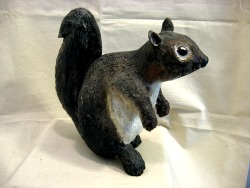Maurice Hamel. Sculptor. Macamic, Quebec. Active 1970’s.
Maurice Hamel was a metal worker and mill wright who experimented with ‘as found metal parts and objects. He made a garage out of the ‘tops’ of cars and at least one tower in his yard that served to decorate and to hold his television antenna. He was published in Les Patenteux du Quebec.
Ref: Les Patenteux du Qubec. Louise de Grosbois, Raymonde Lamothe and Lise Nantel, Les Editions Parti Pris, Montreal, 1978.



